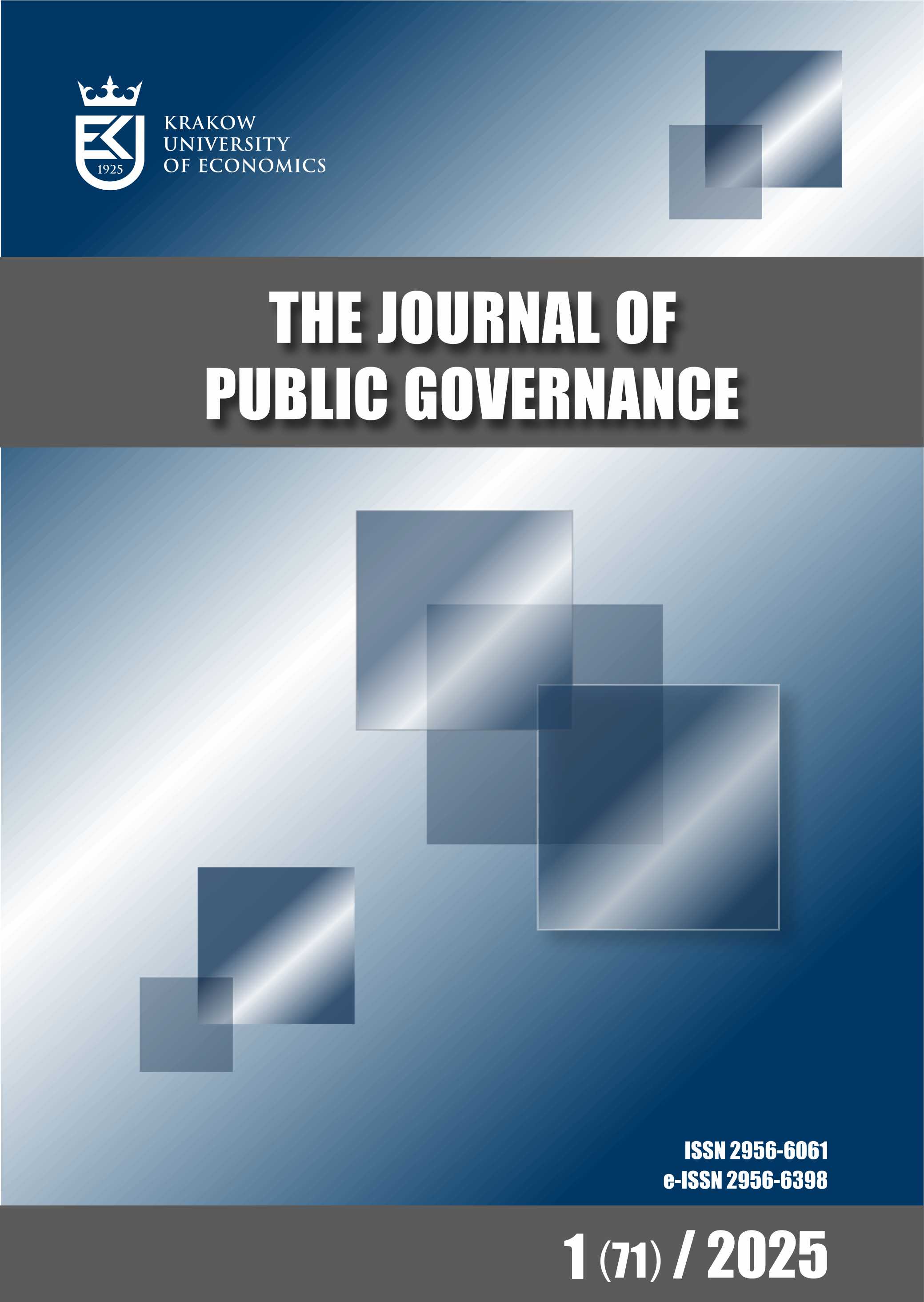Technological Entrepreneurship and Rural Development: A Binomial to Combat Depopulation in Spain
DOI:
https://doi.org/10.15678/PG.2022.59.1.05Keywords:
technological entrepreneurship, rural development, depopulation, startupsAbstract
Objective: This study aims to characterise the phenomenon of depopulation in the rural environment from the point of view of the opportunities offered by technology-based rural entrepreneurship as a lever that promotes population fixation and the economic dynamisation of the most depressed territories subject to the economic and social imbalances generated by depopulation.
Research Design & Methods: The research approach is based on the application of case studies as an empirical research technique. In particular, the strategy for the promotion of rural start-ups in CyL – the largest European region and one of the Spanish regions most affected by the negative consequences of depopulation – is analysed.
Findings: Empirical evidence has shown that economic conditions have impacted the extent and duration of migration flows from rural areas to a more industrialised urban environment. Thus, in recent decades, the spatial distribution of the population has taken shape characterised by strong concentrations in large cities as opposed to the dispersion and low density of the population in large areas of the territory.
Implications / Recommendations: The promotion of rural entrepreneurship through the development of specific actions to encourage the creation of start-up companies could be a solution to the demographic challenge.
Contribution / Value Added: The creation of a regional entrepreneurial ecosystem has been possible owing to
the financing, growth, scaling, and business internationalisation programmes promoted by the regional government.
Downloads
References
Baudin, T., & Stelter, R. (2019). The rural exodus and the rise of Europe. Max Planck Institute for Demographic Research.
Camarero, L. A. (1993). Del éxodo rural y del éxodo urbano: ocaso y renacimiento de los asentamientos rurales en España (Vol. 81). Ministerio de Agricultura, Pesca y Alimentación, Secretaría General Técnica, Centro de Publicaciones.
Dax, T., & Fischer, M. (2018). An alternative policy approach to rural development in regions facing population decline. European Planning Studies, 26(2), 297–315. https://doi.org/10.1080/09654313.2017.1361596
European Commission (1995). Resolution on the Commission’s Report to the Council and European Parliament on the Demographic Situation in the European Union (COM (96)0060 C4- 0143/96). Official Journal C 115, 14/04/1997 p. 0238.
Falcucci, A., Maiorano, L. & Boitani, L. (2007). Changes in land-use/land-cover patterns in Italy and their implications for biodiversity conservation. Landscape Ecol 22, 617–631.
García, B. (2000). La sociedad rural de CyL en el siglo XXI. Valladolid, JCyL.
Gómez-Limón, J. A., Muñiz, I. A., & González, M. R. (2007). Percepción pública del problema de la despoblación del medio rural en CyL. Ager: Revista de estudios sobre despoblación y desarrollo rural [En. Journal of Depopulation and Rural Development Studies], (6), 9–60.
Eisenhardt, K. M. (1989). Building Theories from Case Study Research, Academy of Management Review, 14(4), 532–550.
INE (National Statistics Institute). Register of inhabitants. Madrid, various years.
Jorge-Vázquez, J. (2021). Economía digital y desarrollo rural. Estudio sobre el riesgo de exclusión digital en CyL. In Pérez Calle et al. (Ed.), Economía, Empresa y Justicia. Nuevos retos para el futuro. Dykinson.
Jorge-Vázquez, J. (2022). Digitalización inclusive y desarrollo rural: una evidencia sobre las zonas en riesgo de despoblación y exclusion digital en España. In Jorge (Ed.), La España vaciada en la era de la disrupción digital. El reto de la modernización del medio rural. Thomson Reuters.
JCyL (2021). Plan de acogida a startups. Empresas. Available at: https://empresas.jcyl.es/web/es/creacionempresas/plan-acogida-startups.html (accessed: 10.08.2022).
Li, Y., Westlund, H., & Liu, Y. (2019). Why some rural areas decline while some others not: An overview of rural evolution in the world. Journal of Rural Studies, 68, 135–143.
Martínez-Abraín, A., Jiménez, J., Jiménez, I., Ferrer, X., Llaneza, L., Ferrer, M., Palomero, G., Ballesteros, F., Galán, P., & Oro, D. (2020). Ecological consequences of human depopulation of rural areas on wildlife: A unifying perspective. Biological Conservation, 252, 108860. Available at: https://doi.org/10.1016/j.biocon.2020.108860 (accessed: 07.08.2022).
Müller, S., & Korsgaard, S. (2018). Resources and bridging: the role of spatial context in rural entrepreneurship. Entrepreneurship & Regional Development, 30(1-2), 224–255. https://doi.org/10.1080/08985626.2017.1402092
Náñez, S. L. (2020a). Tax Benefits Regarding the Party in the Government in the Spanish Regions: Its Use as a Fiscal Policy in Favour of Families. In T. Bernat & J. Duda (Eds.), Business, Economics and Science Common Challenges (pp. 201–205). Filodiritto editore.
Náñez, S. L. (2020b). The tax incentives in the IVTM and “eco-friendly cars”: The Spanish case. Sustainability, 12(8), 3398. https://doi.org/10.3390/su12083398
Paniagua, A. (2011). In no man’s land: Community, identities and moral lives in depopulated settings in the north of Spain’. Advances in Applied Sociology, 1(1), 13–21.
Pereira, H. M., & Navarro, L. M. (2015). Rewilding European Landscapes. Springer.
Pinilla, V., & Sáez, L. A. (2017). La despoblación rural en España: génesis de un problema y políticas innovadoras. Informes CEDDAR, 2.
Salas, A. R. (2019). Patrimonio cultural e identidad: un freno a la despoblación de la Andalucía vaciada. PH: Boletín del Instituto Andaluz del Patrimonio Histórico, 27(98), 361–363.



